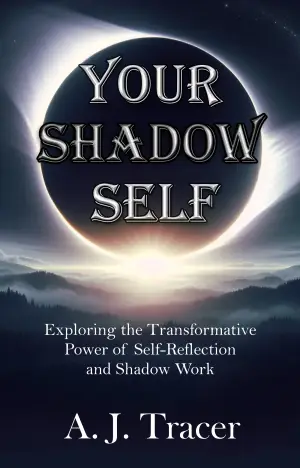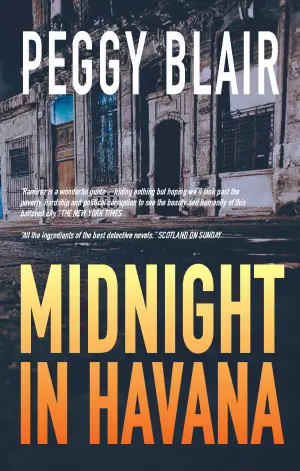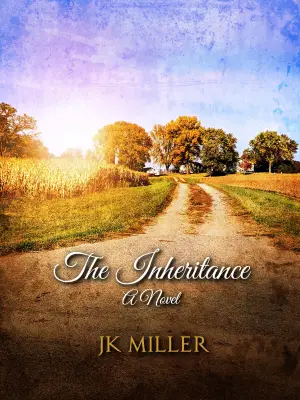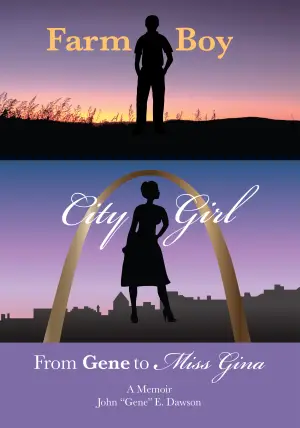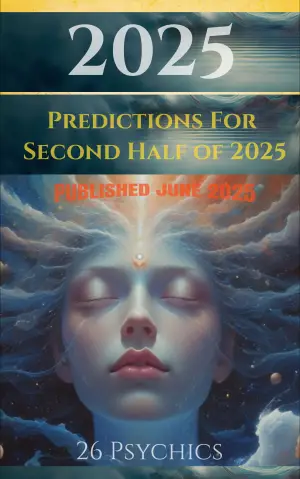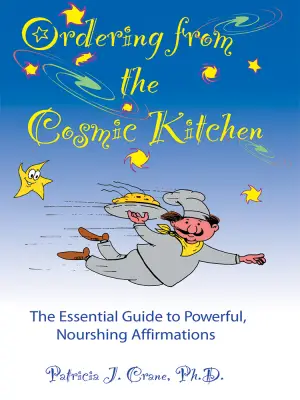A Journey Through Time and Memory: A Review of The Invisible Life of Addie LaRue
When I first dove into V.E. Schwab’s The Invisible Life of Addie LaRue, I was utterly captivated by the premise. A young girl makes a Faustian bargain to escape a stifling life in 18th-century France, only to find herself destined to be forgotten by everyone she meets. The allure of an exploration into memory, identity, and art beckoned me, as did Schwab’s reputation from her beloved Shades of Magic series. I was excited—how would this tale unfurl?
At its core, Addie LaRue is a poignant meditation on what it means to be remembered—or perhaps, the pain of being perpetually neglected. It artfully weaves themes of love, art, and the longing for significance. Addie’s quest for identity throughout three centuries is both heartbreaking and haunting, painting a picture of someone desperately seeking connection in the echoes of forgotten moments.
However, as enchanting as the narrative’s premise is, I couldn’t help but feel disillusioned with its execution. Schwab’s writing, while poetic and lush, leads us down a narrow path — focused predominantly on Eurocentric experiences that seem to overshadow the broader human story. Addie traverses various historical landscapes, yet her experiences predominantly unfold in a world distinctly white, leaving me yearning for a more universal exploration of fame and memory that includes the diverse tales of humanity.
The repetitiveness in Addie’s memories felt heavy at times. While it was likely intended to echo the anguish of forgetfulness, this aspect risked losing its impact as the story progressed. By the time I reached the conclusion, some emotional gravitas felt diminished, leaving me with a sense of ‘meh’ rather than the profound revelation I craved. Notably, the relationship dynamic between Addie and Henry, where he gifts her the very essence of being remembered through a novel bearing her name, struck a chord—words, indeed, hold power.
One character that intrigued me was Luc, the god-like figure who embodies both chaos and charm. Their heated exchanges felt electrifying, reminiscent of two celestial bodies drawn together yet forever at odds. Yet, the complexity of their relationship began to reveal a troubling possessiveness that left me grappling with another question: Why is it that Addie’s most potent longing for agency seemed overshadowed by a male counterpart?
Moreover, a keen sense of unease crept in as I navigated through Addie’s life. Why was her narrative situated within such a narrow cultural lens? While the novel tries to portray the significance of memory, it somewhat ironically overlooks the very histories of those often marginalized, particularly people of color. The singular inclusion of Beatrice feels tokenized, and during a time rich with social upheaval, Addie’s obliviousness to the Civil Rights Movement deepened my discomfort with her character.
I truly enjoyed Schwab’s exploration of art and love, particularly the way she captured fleeting moments and lasting impressions. Still, it was impossible to shake the feeling that my experience of the novel was colored by an inherent difference in perspective.
Ultimately, The Invisible Life of Addie LaRue may resonate deeply with those who appreciate a rich, introspective narrative focused on individual memory and legacy—particularly within a Western context. However, it left me pondering whose stories are told, who is remembered, and what is lost in the shadows of a beautifully crafted yet ultimately exclusive narrative. As I reflected on my journey through Addie’s life, I couldn’t help but feel that this tale, while expertly penned, might not be the universal story I had hoped for.
For those intrigued by a fantastical tale that intricately ties love, identity, and the desire for remembrance, Schwab‘s novel is undoubtedly worth picking up. Just be prepared to grapple with its finer, perhaps less palatable threads as you turn the pages.
Discover more about The Invisible Life of Addie LaRue on GoodReads >>

